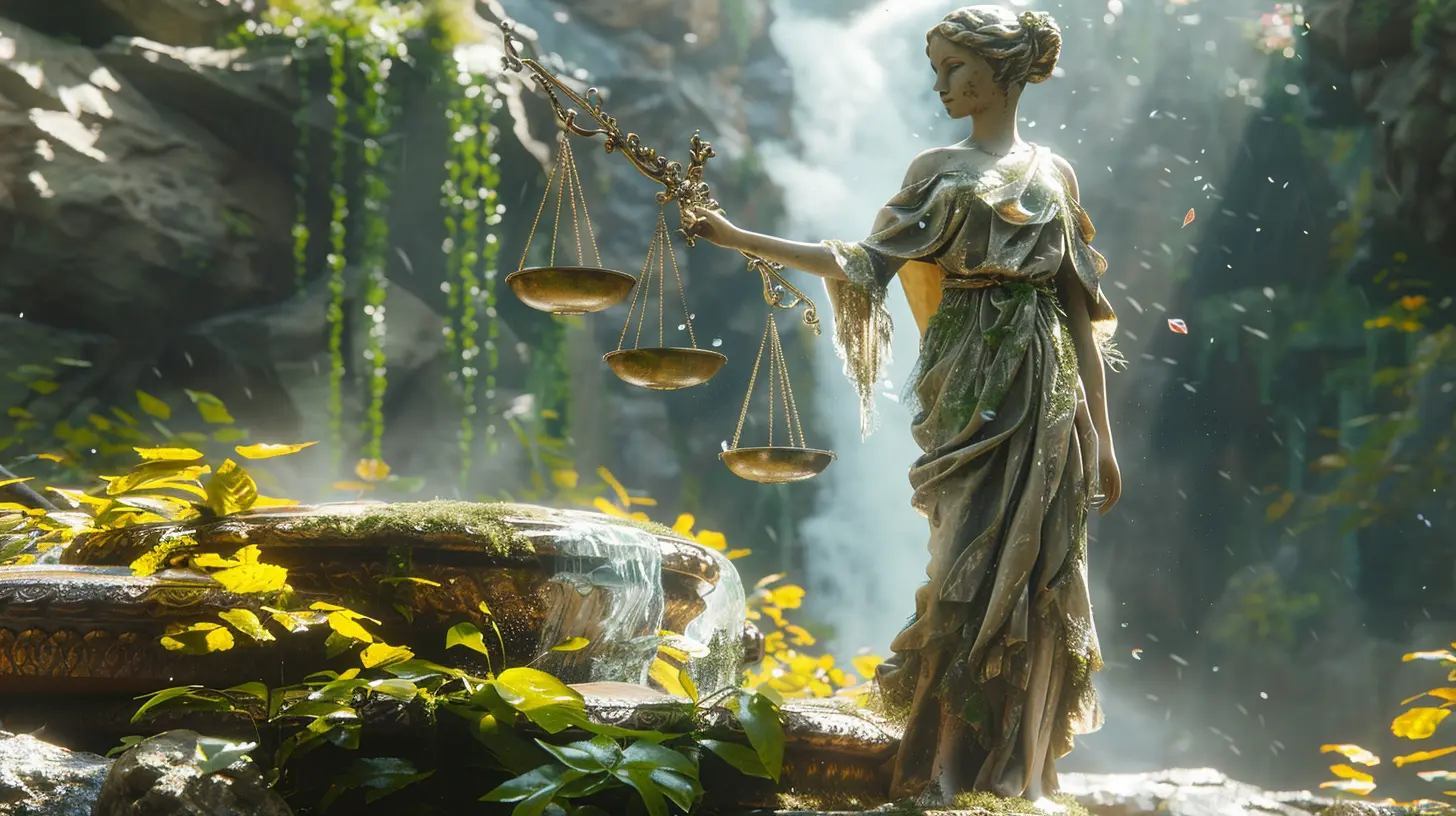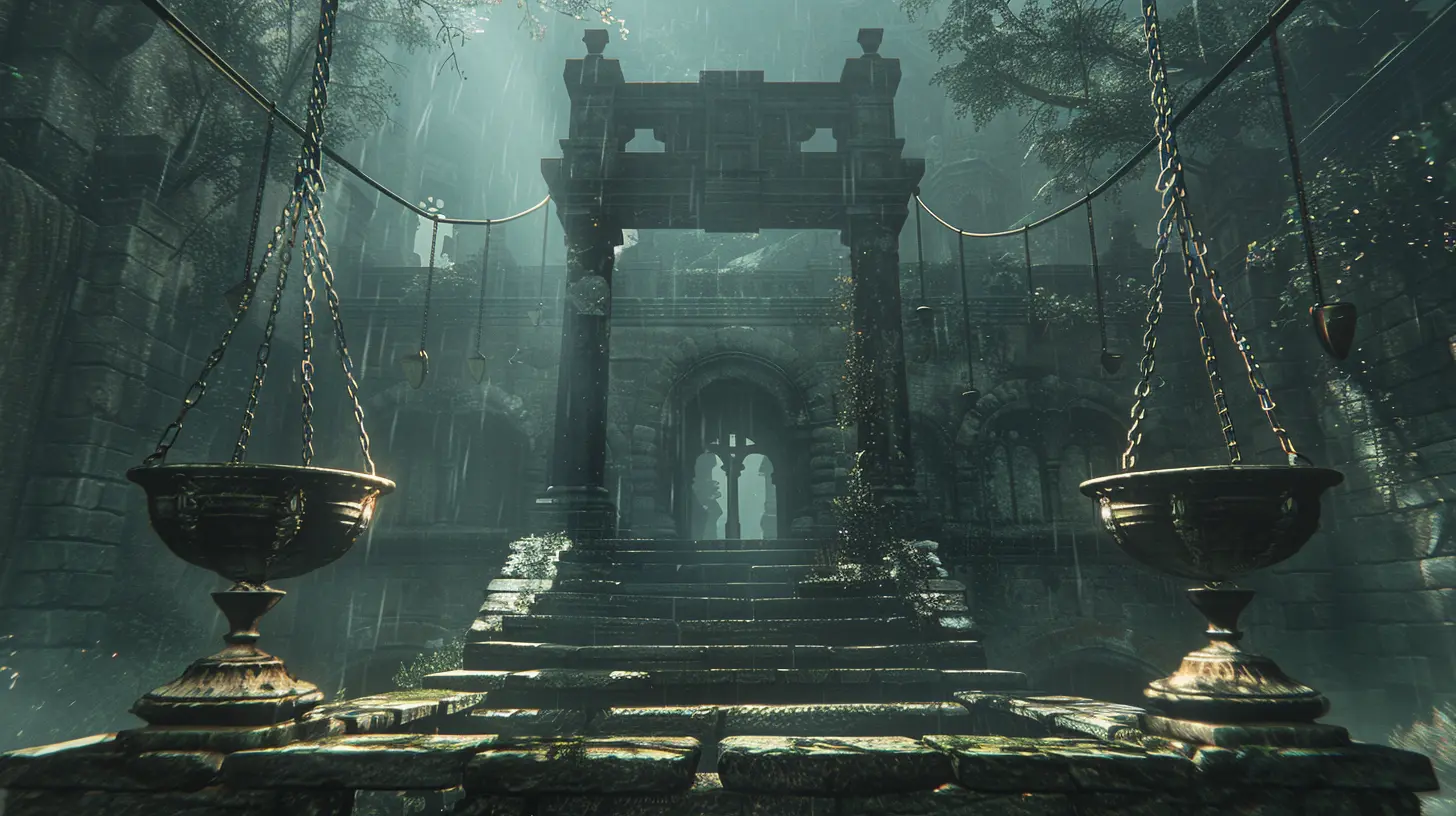Balancing Fairness and Value in Paid DLC
9 October 2025
In the world of gaming, few topics spark debate as fiercely as paid downloadable content (DLC). What was once a simple way to expand a game’s storyline or introduce new features has evolved into a complicated battleground of fairness and value. Whether you’re a casual gamer or a die-hard enthusiast, there’s a good chance you’ve found yourself wondering at some point: Is this DLC really worth it?
Between accusations of greedy developers and genuine efforts to enhance gaming experiences, the conversation surrounding paid DLC is far more nuanced than it seems. So, let’s grab our virtual swords and dissect this topic piece by piece.
What Exactly Is Paid DLC?
First, let’s break it down for those new to the gaming world. DLC (downloadable content) is something extra that developers offer post-launch. It could be new characters, maps, weapons, missions, or even cosmetic items like skins. Paid DLC, as you might’ve guessed, comes at an additional cost.Think of a game as a pizza. When you buy it, you expect a complete meal. But then the pizzeria offers toppings you never knew you wanted—extra cheese, pepperoni, pineapple (don’t fight me on this one!). Paid DLC is essentially those toppings—they’re extra, but they come with a price.
Sounds simple, right? Well, not exactly.
The Rise of DLC: From Bonus to Business Model
Once upon a time, DLC was considered a generous bonus. It was a way for developers to extend the lifespan of their games and reward loyal fans. Expansion packs for classic games like The Sims or Diablo II were hefty, content-rich add-ons that felt worth the price tag.Fast forward to today, and DLC has become a core part of many developers’ business models. From small indie studios to AAA giants, everyone’s jumping on the DLC bandwagon. And while some additions feel like the cherry on top of an already satisfying sundae, others? Well, they feel more like charging you extra for the cherry you already paid for.
The Battle for Fairness: When DLC Crosses the Line
Here’s where things get tricky. Not all DLC is created equal. Some feel like true expansions of the game, while others feel like content that was intentionally cut from the base game just to be sold separately. That’s when gamers start sharpening their pitchforks.1. Locking Core Content Behind a Paywall
Imagine buying a new car only to find out the steering wheel costs extra. Sounds ridiculous, right? That’s how some gamers feel when crucial parts of a game are locked behind a paid DLC wall. If it’s something that feels essential to the story or competitive balance, charging extra can feel like a slap in the face.Take Star Wars Battlefront II, for example. When it first launched, unlocking fan-favorite characters required either an insane grind or ponying up real cash. The backlash was so intense that the developers had to rework their entire system.
2. Day-One DLC
Oh, this one’s a classic controversy. Day-one DLC is when additional content is available for purchase on the very same day the game launches. For many, it feels like the developers intentionally left content out of the base game to squeeze more money from players. It’s like ordering a burger and fries, only to be told the fries are "extra" even though they’re sitting right there on your plate.
Adding Value: When Paid DLC Gets It Right
Not all paid DLC is bad, of course! When done right, it can truly enhance a game. It’s all about finding that sweet spot where players feel they’re getting value for their money and developers feel their hard work is fairly compensated.1. Expanding the Experience
The best DLCs make games bigger and better. Think The Witcher 3: Blood and Wine. It wasn’t just a small add-on; it was practically a full-blown sequel, offering hours of new gameplay, a sprawling new map, and a compelling story. Gamers didn’t mind paying for it because it felt substantial.2. Optional Cosmetics
Cosmetic DLCs—like new skins, outfits, or emotes—are generally less controversial. Why? Because they don’t impact the gameplay. If someone wants to spend $10 to make their character look like a neon pineapple (I’m looking at you, Fortnite), that’s up to them. It’s purely optional and doesn’t give paying players an unfair advantage.Why Is Balancing Fairness and Value So Hard?
At its core, the tension between fairness and value in paid DLC boils down to one thing: perception. What feels fair to one player may feel like a shameless cash-grab to another. And developers? They’re walking a tightrope, trying to keep their studios profitable without alienating their fanbase.Here are some of the challenges developers face:
1. Pressure to Generate Revenue
Games are expensive to make. Like, really expensive. Studios have to pay for development, marketing, servers, and staff. Paid DLC can be a crucial revenue stream, especially when base game prices have remained relatively stable over the years. But let’s face it—players don’t care about your electric bill. They just want to feel like they’re not being nickel-and-dimed.2. Appealing to Different Player Types
Some players are willing to spend extra for every little thing; others won’t even touch paid DLC out of principle. Balancing the desires of these two groups is no easy feat.Striking the Right Balance: Suggestions for Developers
If developers want to keep both their profits and their players intact, they need to tread carefully. Here are a few ideas:1. Transparency Is Key
Be upfront about what’s included in the base game and what’s being offered as DLC. No one likes feeling duped.
2. Offer Real Value
If you’re going to charge players, make sure the DLC is worth it. Additional content should feel like a meaningful expansion, not a few crumbs of extra content.
3. Avoid Day-One DLC
If the content is ready at launch, just include it in the base game. It’s a simple gesture that builds trust.
4. Fair Pricing
Price your DLC appropriately. Charging $20 for a couple of extra skins? That’s a hard pass. But $20 for 20 hours of new gameplay? Now we’re talking.
The Role of Players: Voting With Your Wallet
Let’s not forget, we as players hold a lot of power in this dynamic. Developers can only sell what we’re willing to buy. If a DLC feels unfair or overpriced, don’t buy it. Simple as that. Complaining on forums does little compared to the power of the almighty dollar—or, well, whatever currency you use.Just like any market, demand shapes supply. If the gaming community consistently rewards well-made, fairly priced DLC, developers will take note. Similarly, if we reject money-grabbing tactics, studios will—hopefully—rethink their approach.
Final Thoughts: Finding the Middle Ground
Balancing fairness and value in paid DLC is like walking a thin line in a high-stakes game. Developers need to make money, but players need to feel respected. When both sides meet in the middle, everyone wins.At the end of the day, we all want the same thing: amazing games that offer memorable experiences. Paid DLC can be a part of that, as long as it doesn’t undermine the foundation of trust between developers and players. So next time you’re eyeing that shiny new expansion or costume pack, ask yourself: Is this worth it? If the answer’s yes, then go for it. If not, maybe it’s time to save those coins for the next big adventure.
all images in this post were generated using AI tools
Category:
Downloadable ContentAuthor:

Emery Larsen
Discussion
rate this article
1 comments
Lennox McClure
Balancing fairness and value in paid DLC is crucial for player satisfaction. Developers must ensure that additional content enhances the core experience without creating barriers or perceived paywalls, fostering a healthy relationship between monetization and player engagement. Quality should always precede quantity.
October 14, 2025 at 3:09 PM

Emery Larsen
Absolutely agree! Striking the right balance between fairness and value in paid DLC is key to maintaining player satisfaction and engagement. Quality content enhances the experience without compromising accessibility.


